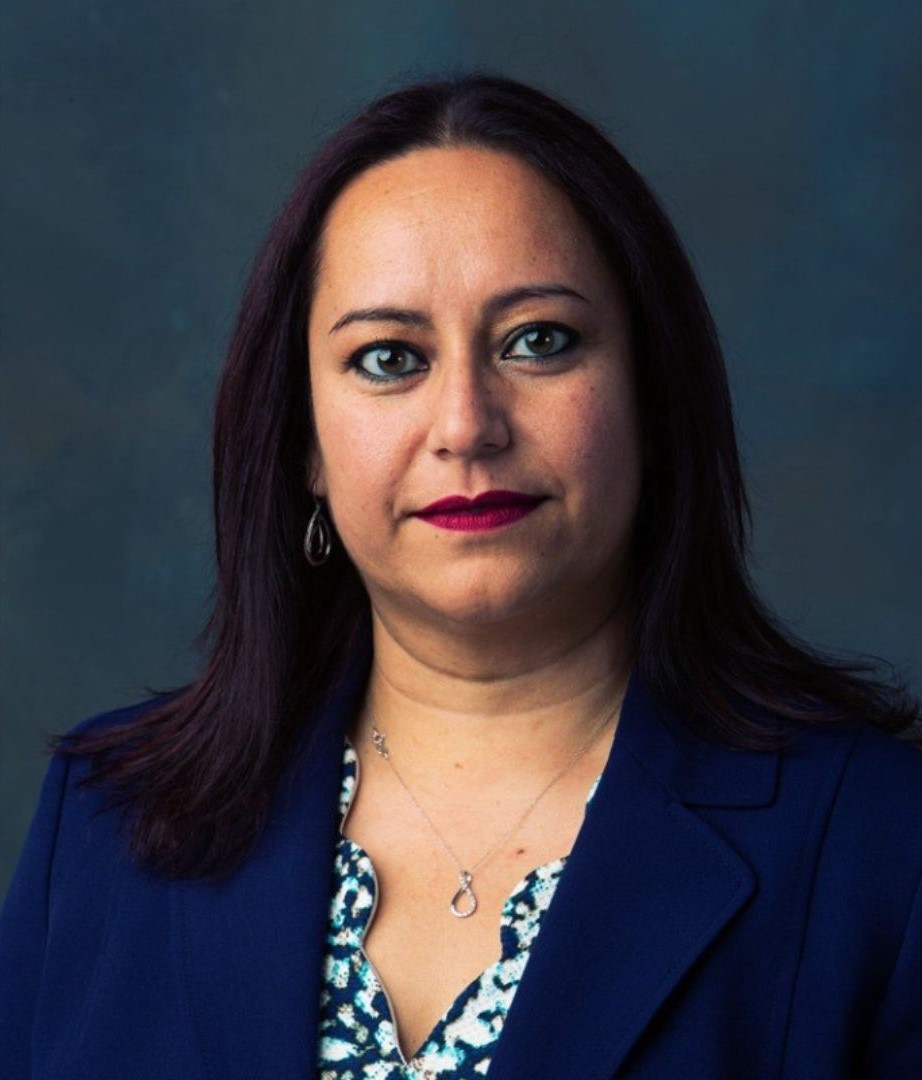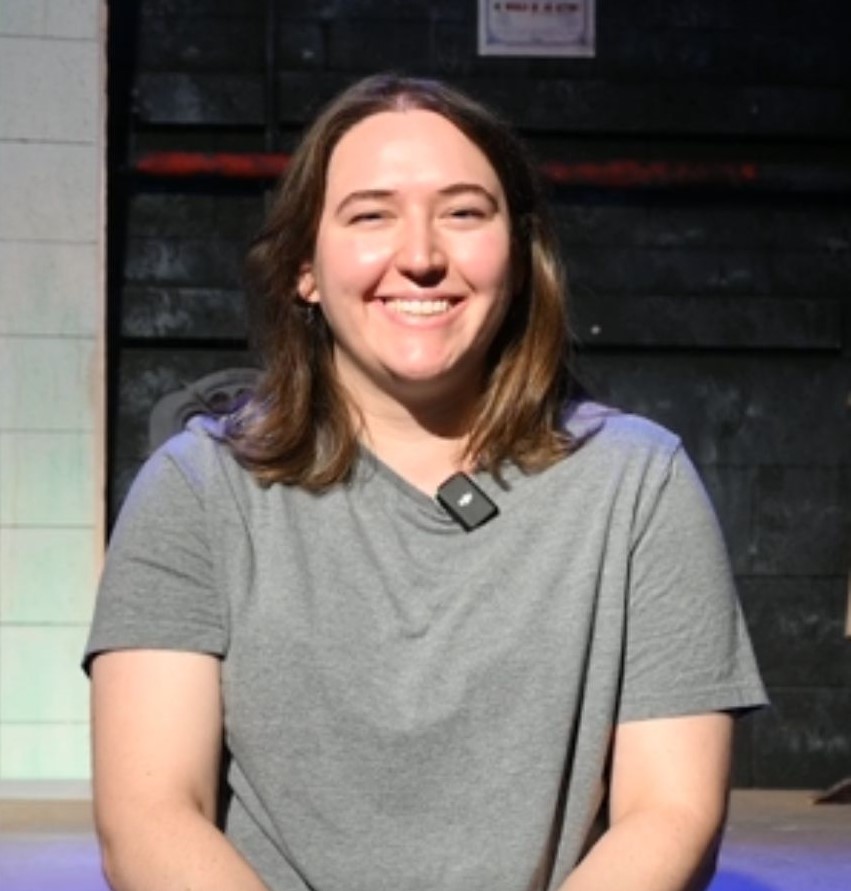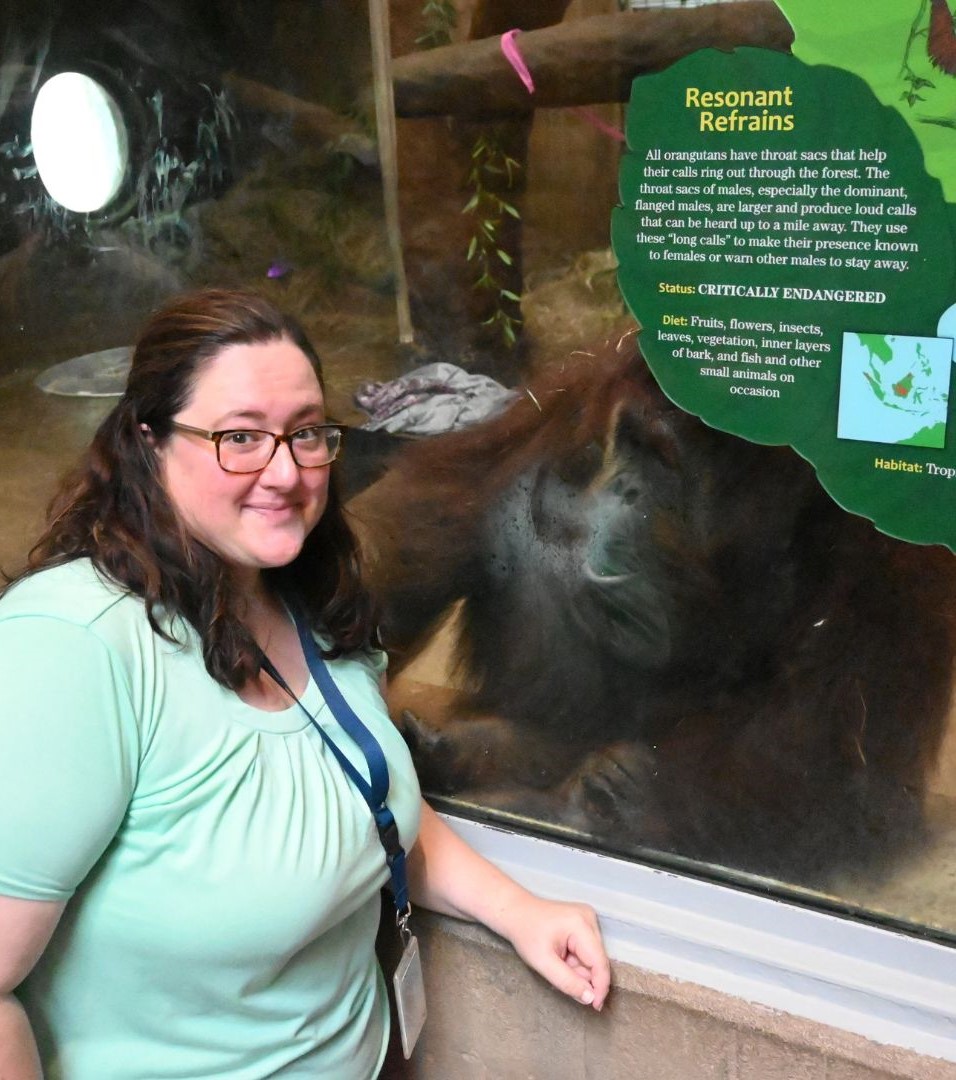After 21 years at the United States Postal Service (USPS), Carolina Catalan is now a Manager of Customer Outreach. But her journey didn’t start there, it began with engineering!
Catalan earned her bachelor’s degree in industrial and systems engineering. As an industrial and systems engineer, she looks at how mail is processed and how it travels from one person to another. She also earned a master’s degree in manufacturing engineering, which focuses on the machines used to process mail. “A manufacturing engineer would look at those machines and improve upon those machines themselves, whereas I look at the entire system,” said Catalan.
She joined USPS through a competitive two-year program for industrial and systems engineers. Early on, her manager didn’t fully understand her skillset, so she took the initiative to demonstrate her capabilities. “Of course, with my mind, I would be bored and then I’d look for things to do,” said Catalan. “So I’d come back to him and be like, ‘hey, this is what I found."
Even before Catalan joined USPS, engineering had already played a role in improving mail processing. For instance, instead of having people manually type ZIP codes on letters, engineers developed machines with cameras that automatically read this information, significantly speeding up the process.
Since joining USPS, Catalan has continued to drive improvements. One of her major contributions was implementing Lean Six Sigma, a methodology that enhances efficiency and reduces errors. She also led efforts to standardize operations across all 349 USPS plants. Her team ensured that, despite differences in building size and layout, processes and signage remained consistent nationwide.
Introducing these changes can be difficult, especially in the early stages when ideas are still forming. “But then if there’s some that are not successful at all, you just go back to the drawing board and start again,” said Catalan. She emphasizes the importance of asking the right questions—why something didn’t work, where improvements can be made, and what expectations weren’t met.
Collaboration and trust are also key to making lasting changes. Catalan said this was especially important early in her career. “It’s always important to give people the why of why you’re making these changes to have them understand it so that way they can give that buy-in,” said Catalan. The work of engineers is never truly finished. They mustalso stay aware of changes happening outside the organization. “It’s not only based on your processes within your four walls but also what’s going on outside,” said Catalan.
For example, when email was invented, USPS had to reinvent itself to stay relevant in a new digital age. Today, they continue to adapt by introducing electric vehicles into their fleet.
If you’re thinking about a future in engineering, Catalan encourages you to look beyond just being good at math. Think about what truly interests you. “For me, it was always building things and finding out why things worked the way they did,” said Catalan.
Engineering offers many exciting paths. Whether you're interested in circuits, robotics, or building bridges, there’s a place for you.
Watch Catalan’s interview to learn more about her story and career as a Systems Engineer.
.png)




.avif)

.avif)

.avif)












